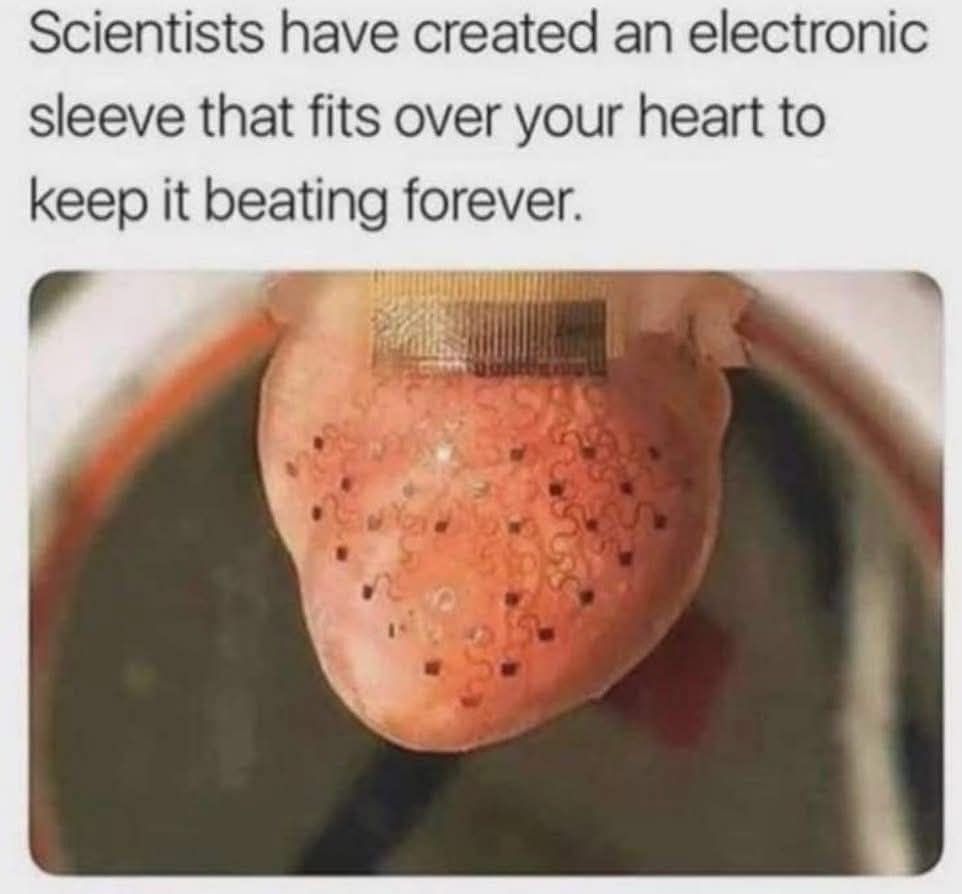It might sound like a bold claim, but consider how many deaths are linked to heart-related issues. Now, imagine if a heart could essentially function forever. This idea may soon move closer to reality thanks to the development of a 3D-printed electronic glove designed to fit over the heart and potentially extend human life significantly.
The 3D-Printed Electronic Glove for Your Heart
This groundbreaking technology first made headlines in 2014. As detailed in a study published in Nature Communications, scientists introduced an innovative electronic membrane that could potentially replace pacemakers.
Designed to fit snugly over the heart, the membrane helps maintain a steady heartbeat indefinitely. Using a web-like sensory network, it continuously monitors the heart’s electrical activity.
A Perfectly Customized Fit
Thanks to high-resolution imaging technology, the elastic membrane can be custom-made to fit precisely over an individual heart. It offers a snug fit and also provides high-definition therapy during critical situations like a heart attack. By delivering electrical impulses from multiple points on the device, it can effectively interrupt arrhythmias and prevent sudden cardiac death.
The Evolution of Cardiac Socks
The concept isn’t entirely new. Similar cardiac sock designs date back to the 1980s. Earlier versions were rudimentary and less effective. Made from fabric with embedded electronics, these older designs struggled to maintain full contact with the heart.

Revolutionary Advancements
What sets this new technology apart is the application of stretchy electronics pioneered by materials scientist John Rogers from the University of Illinois. While traditional electronics use rigid materials like silicon, Rogers developed circuits arranged in a curved pattern, allowing them to flex and bend without breaking.
This artificial membrane acts like the heart’s natural pericardium but is enhanced with cutting-edge technology that can detect and interact with the heart in ways crucial for modern cardiology.

The Road Ahead
The potential of this technology is truly exciting. For now, its primary purpose is as a research tool, enabling scientists to study how heart rates respond to different conditions. However, in the future, electronic membranes like this could become a standard tool for monitoring high-risk individuals and protecting them from heart attacks.
Although human trials are still some time away, the promise of this innovation offers hope for a future where heart failure could become a thing of the past.

